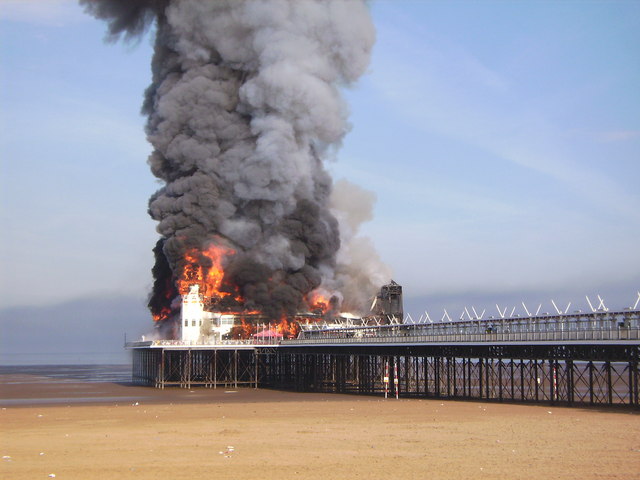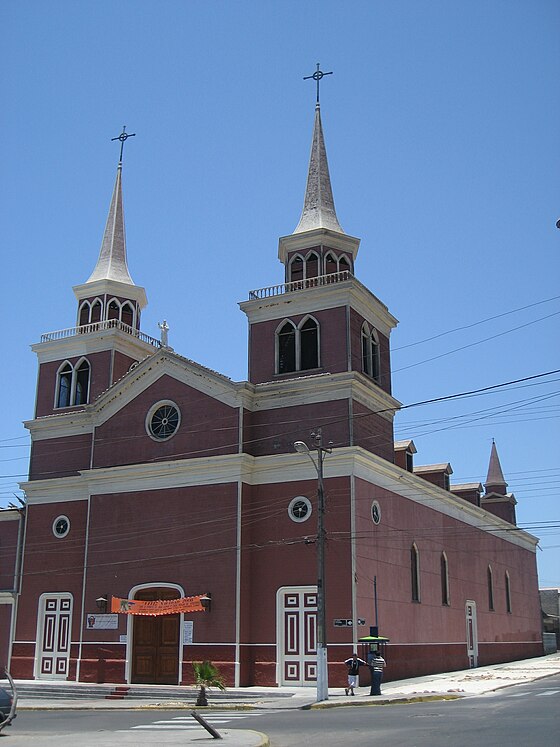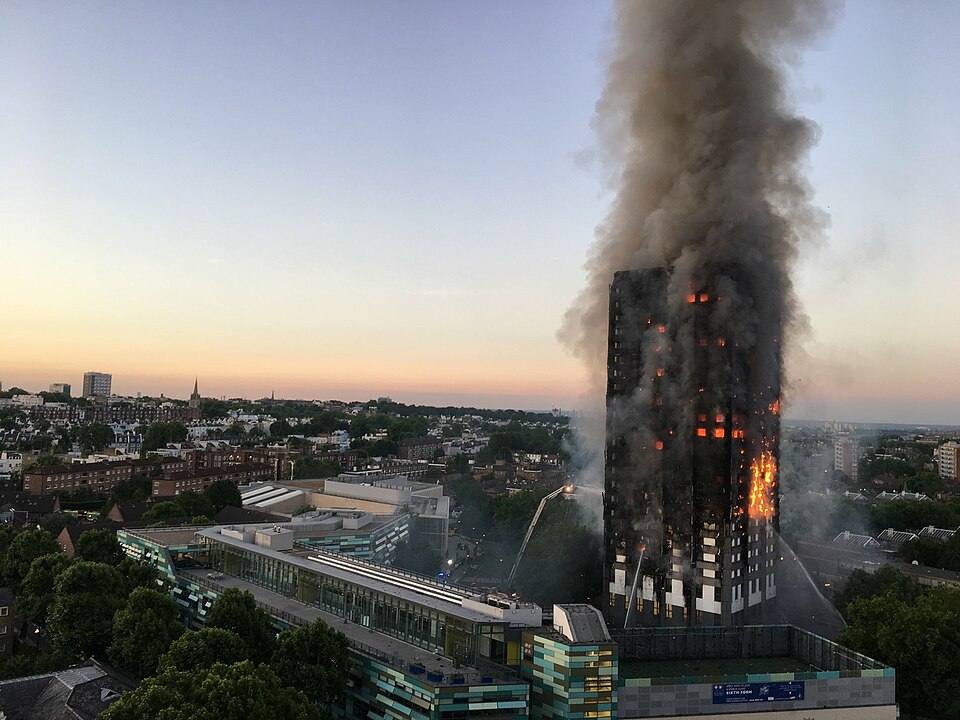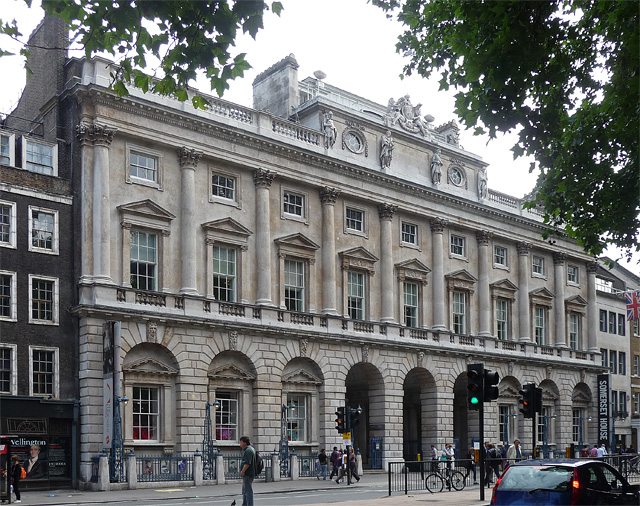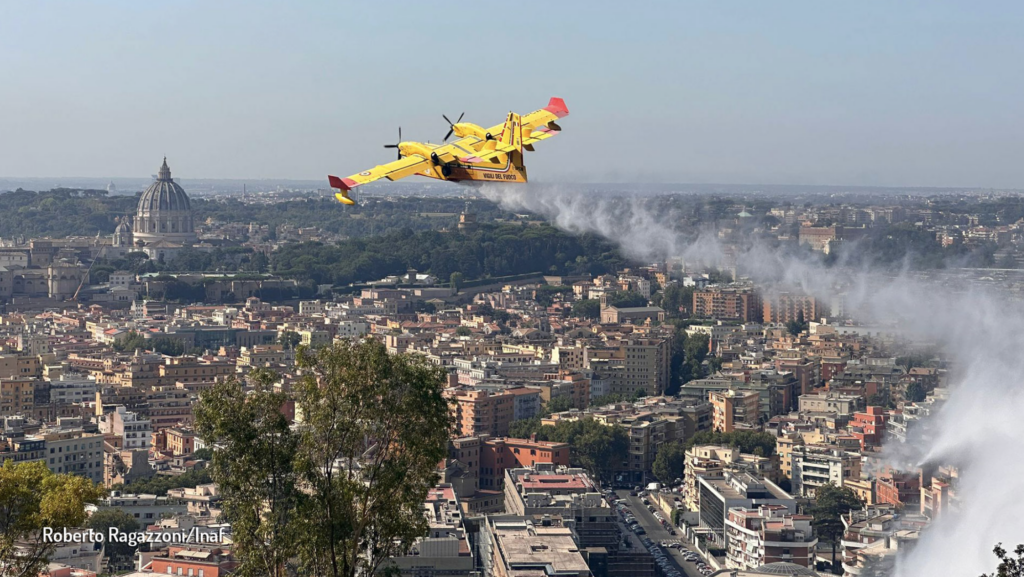
Aim
FireRiskHeritage.net aims to improve and maintain, in the community of technicians who work on the protection of cultural heritage, a high level of awareness of the multidisciplinarity in the study of solutions aimed at protecting and preserving cultural heritage for future generations
Fire Safety Engineering
Preserving historic and cultural heritage buildings is not only a matter of aesthetic and historical significance but also a responsibility to ensure the safety and longevity of these invaluable structures. Integrating fire safety engineering into the conservation and restoration processes becomes pivotal in safeguarding these landmarks for future generations.
Fire safety engineering (FSE) employs a systematic approach to assess the structural integrity, fire resistance, and overall safety features of historic buildings. By applying modern engineering principles to these structures, professionals can identify potential risks, vulnerabilities, and areas in need of reinforcement. This proactive approach not only enhances the structural stability of the building but also mitigates the risk of catastrophic events such as collapses, fires, or other disasters.
Moreover, the incorporation of advanced technologies and materials using the FSE allows for a delicate balance between preserving the authenticity of heritage buildings and implementing necessary safety measures. This meticulous approach allows that any interventions or modifications are in harmony with the historical fabric, respecting the architectural integrity while meeting contemporary safety standards.
Climate Change
Climate change poses a severe threat to the world’s cultural heritage sites, unraveling centuries of history and jeopardizing the preservation of these treasures. The impact of climate change on cultural heritage is multifaceted, with rising temperatures, extreme weather events, sea-level rise, and altered precipitation patterns leading to accelerated deterioration and irreversible damage.
Increased temperatures contribute to the degradation of building materials, especially those sensitive to temperature changes, such as stone and wood. Heatwaves and wildland fires and prolonged periods of extreme heat can accelerate the weathering processes, causing structural instability and erosion of many architectural details. Furthermore, changes in precipitation patterns and the frequency of intense storms amplify the risk of flooding, landslides, and other water-related damages to vulnerable sites.
Sea-level rise is a particular concern for coastal heritage sites, placing them at heightened risk of inundation and erosion. Iconic landmarks situated along coastlines, like ancient port cities or maritime structures, face the dual threat of rising sea levels and more frequent and severe storm surges, compromising their structural integrity and leading to potential loss.
The intricate balance of ecosystems surrounding cultural heritage sites is also disrupted by climate change, affecting the flora and fauna that contribute to the overall aesthetic and historical context. Such alterations can impact the surroundings and contribute to the decay of materials through biological processes.
Cultural Heritage Protection
Preserving historic buildings demands a multidisciplinary approach that extends beyond traditional conservation practices. The complex challenges posed by both man-made and natural risks require a synergic collaboration between architects, engineers, historians, environmental scientists, and other experts. This interdisciplinary effort is crucial for ensuring the comprehensive protection of our cultural heritage.
Architects and historians play pivotal roles in understanding the cultural significance of a structure and devising strategies to retain its authenticity during restoration. Engineers contribute their expertise in structural analysis, identifying vulnerabilities and proposing solutions to enhance resilience against both external threats and the passage of time. Environmental scientists assess the impact of climate change, air pollution, and other environmental factors on the building materials, guiding conservationists in selecting suitable preservation methods.
Beyond these core disciplines, experts in risk management, fire safety, and security contribute to safeguarding historic buildings against man-made threats such as vandalism, theft, or arson. Collaborations with local communities and government agencies also become essential for implementing effective emergency response plans.
Moreover, preserving historic buildings requires a delicate balance between conservation and adaptation. Innovative technologies, including non-invasive diagnostic tools and advanced materials, play a crucial role in this endeavor. Additionally, public awareness campaigns and educational initiatives foster a sense of responsibility and appreciation, encouraging communities to actively participate in the protection of their cultural heritage.
